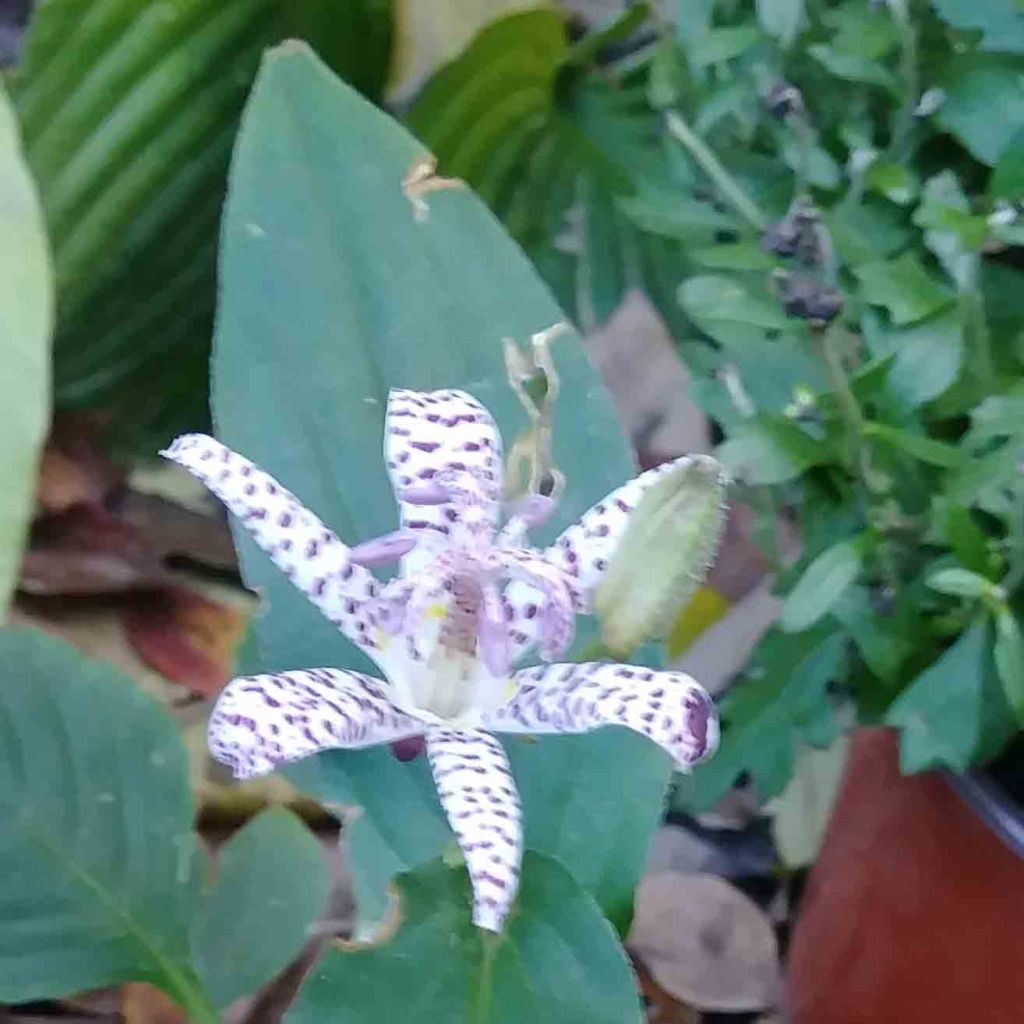You are currently browsing the tag archive for the ‘flower’ tag.
It is nearly Thanksgiving and I had believed that the flower garden was done for the year (except for the inevitable die-off…and maybe am ornamental cabbage or pansy or two to contend with winter’s frigid blast). However it turns out there was a last treat left for November. I planted tricyrtis flowers this year, hardy little woodland perennials from Korea, Japan, & China (and there are also some tropical varieties from the Philippines–but that is not what I have). In English, the flowers are known by the evocative albeit slightly grotesque name of “toad lilies”. They look a bit like little toads with bulbous white curves and little dots of woodland color. In years past I have planted toad lilies, but I usually accidentally weed them out before they bloom because the stems and leaves look very much like the invasive Asiatic dayflower (which is pretty interesting in its own right and deserve its own post…next year). This year, I did not weed the dayflowers, but the toad lilies did not show up anyway and I marked them down as a failure. However it turns out I was just impatient and the winsome blossoms didn’t appear until November! Is this what they do in their native Korea?
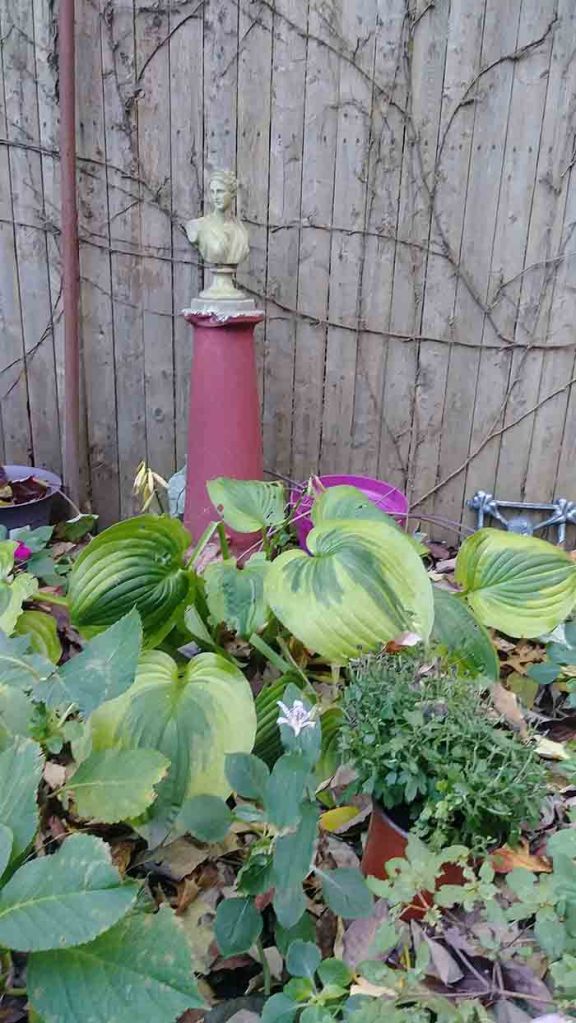
Anyway I am delighted by the little white flower with pinkish brown dots and stipples which showed up just prior top the frost. Now I am worried that I will unthinkingly tear it up next year when I weed the beds. I wish the photographs which I took were better, but you will have to imagine its haunting dark fairy beauty on your own–or just look at any of the innumerable pictures on the web. Be warned however, none of the photos really do justice to this demure woodland beauty.

It is blossom season in New York! Instead of writing blogs about mollusks, gothic art, and politics, I have been looking at flowers and trees. The cherry tree at the top of the post is down by the Manhattan Court House (as you can hopefully tell by the World Trade Center/Freedom Tower/Whatever-it-is-called-now), but the rest of the images are from my garden in Brooklyn. The centerpiece of the garden is a Kwanzan flowering cherry which usually blooms for a fortnight (although, thanks to the cold snap, it seemed more like 6 days this year). I have blogged about the cherry blossoms at length in years past, yet, every year I am struck anew by the beauty and evanescence of the pink blooms.
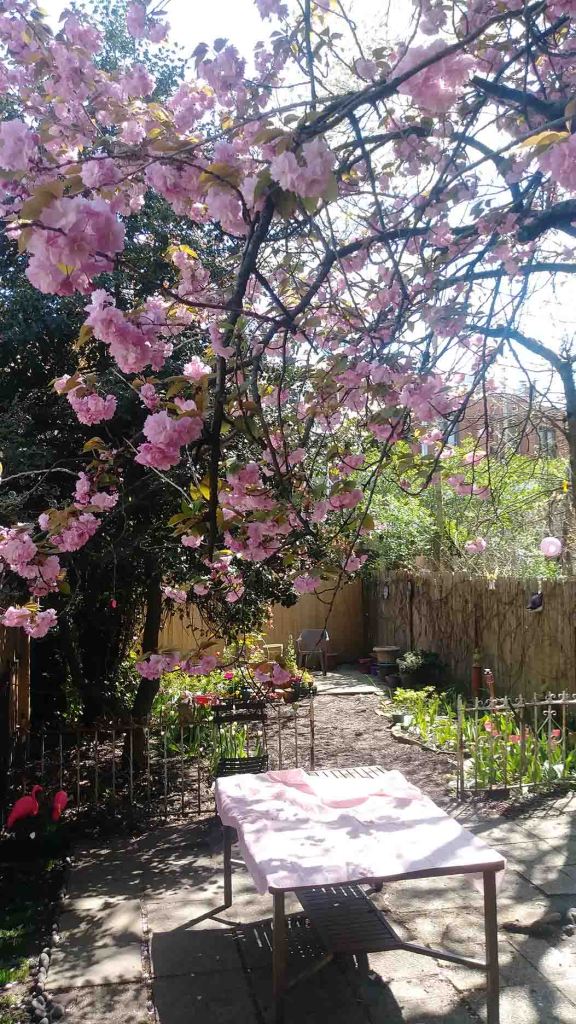
Here are the blossoms in my back yard (my roommate added those plastic flamingos, by the way). Speaking of other gardeners who change things around in the flower garden…here is another character who lives in the neighborhood who cannot keep his paws off of the blossoms. Every day during tulip season he beheads a couple of tulips to see if they are good to eat. When he realizes they are not squirrel food, he tosses them down. Sigh…
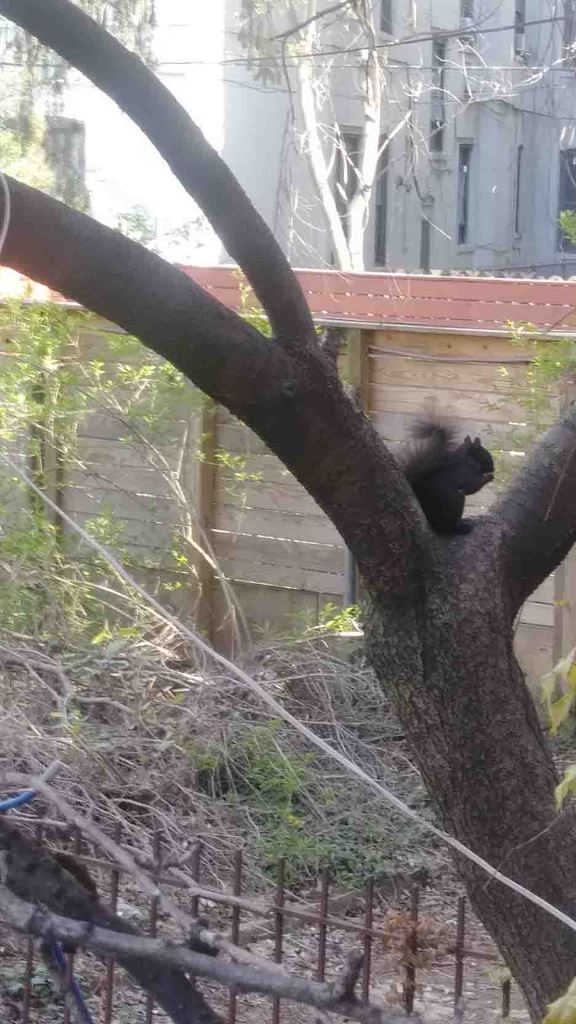
Below is a patch of pastel pink tulips. You can see one of the beheaded stems at far left.
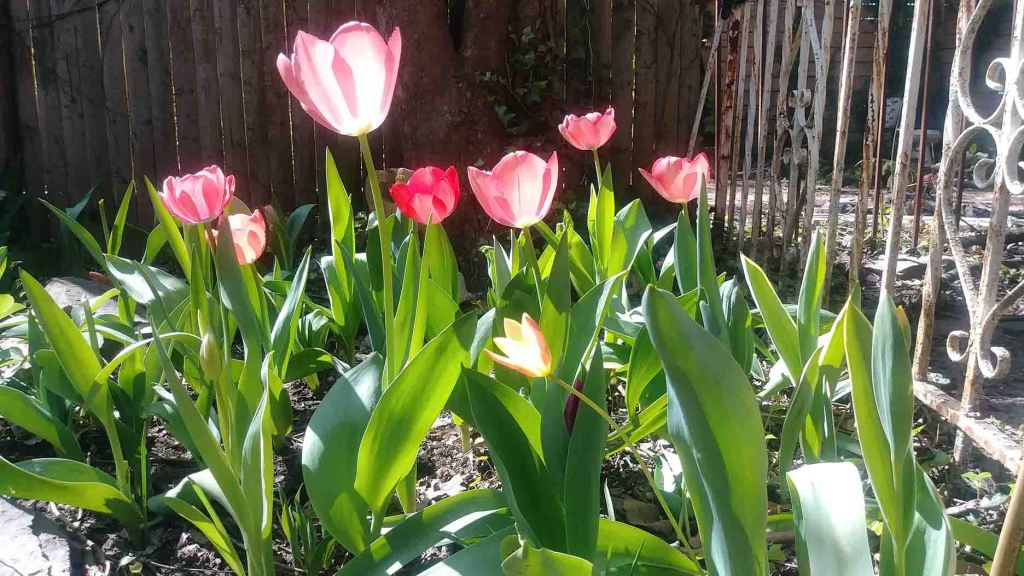

These white tulips are known as “Pays Bas” and I think they came out particularly lovely! This year, in addition to the cherry tree, the old ornamental crabapple also blossomed (which is a rarity). You can see the darker pink blossoms in the foreground in the picture immediately below.
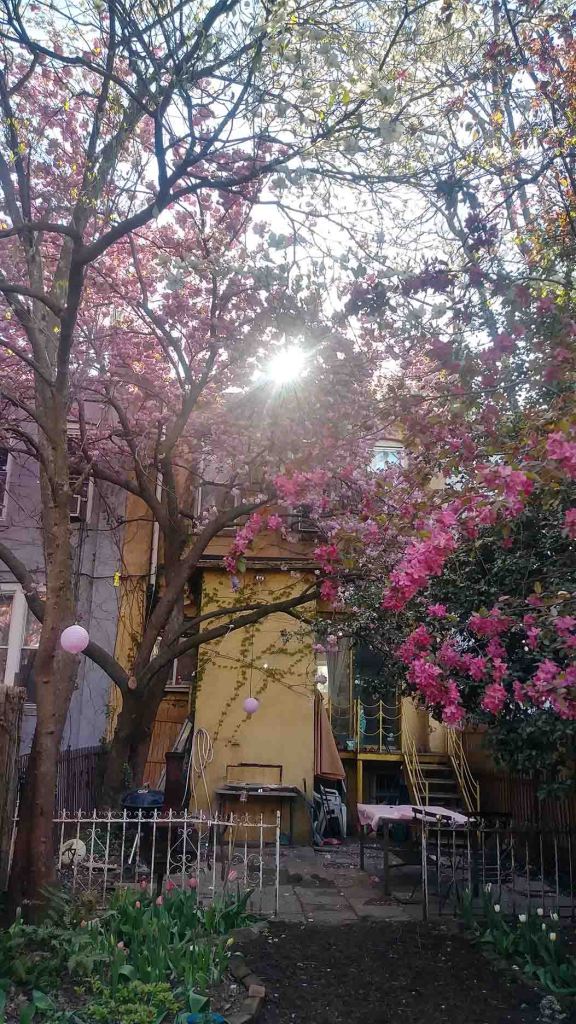
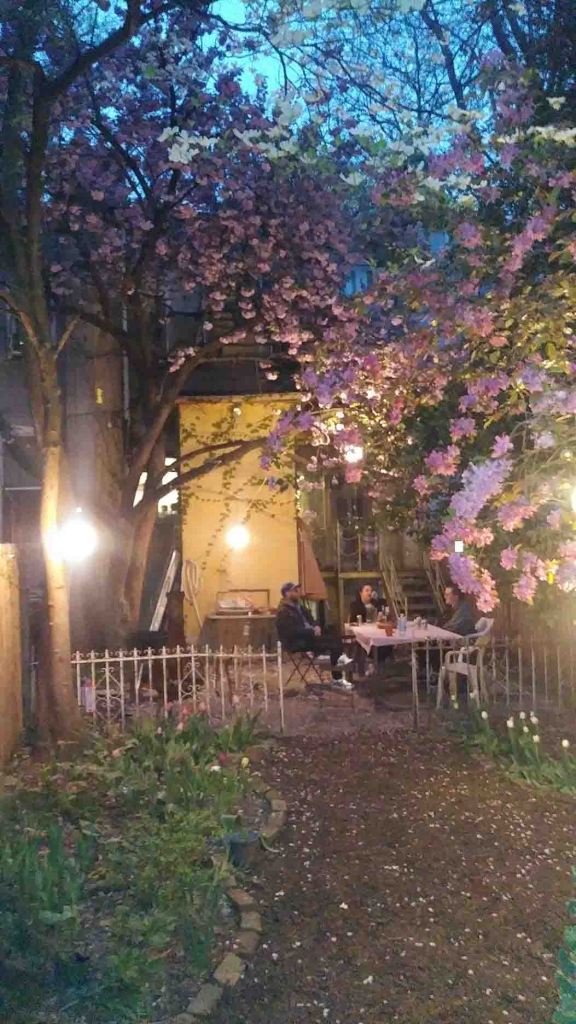
I am going to see if I can draw/photograph/capture some more of the garden’s spring charms for you (it never looks right on the computer screen), but for now I am going to go back out and enjoy the showers of falling petals…

This year Ferrebeekeeper missed the Mid-Autumn Moon Festival…but that doesn’t mean we have forgotten about it. Additionally, in a garden-themed post a few weeks back, we promised a few more late-season pictures from the garden. If only there were some way to combine these two objectives…
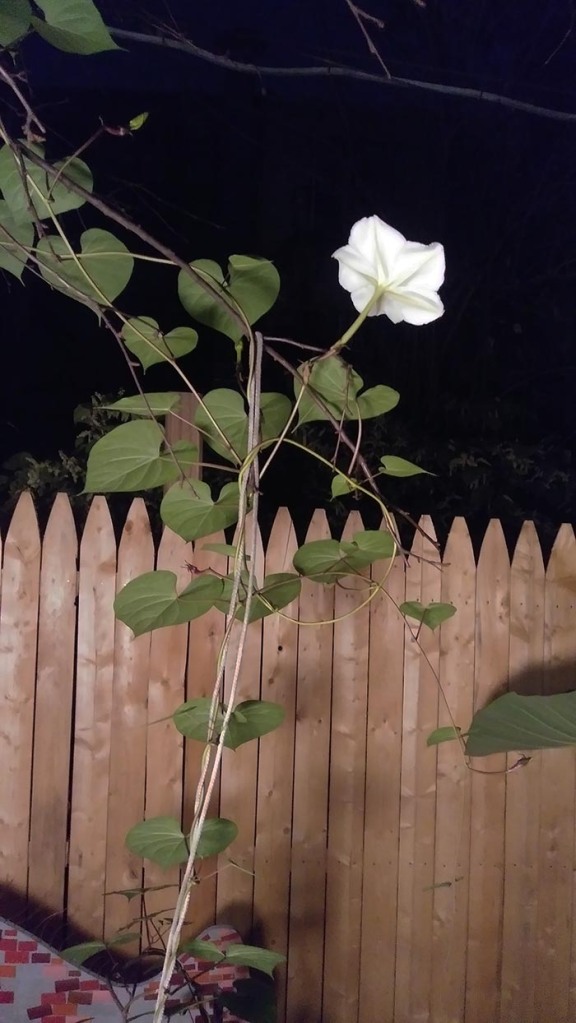
Allow me to present the last flower to bloom in 2020…the moonflower (Ipomoea alba). There are still plenty of flowers in the garden and tough blossoms like roses and violas will probably continue blooming until December, but the moonflower bloomed for the first time in October (if that makes sense). There are some reasons this lovely nocturnal vine is only just beginning to bloom now. Not only did I start the seeds late in the year (long after the last spring frost), but it is a tropical flower from equatorial Central and South America and needs a 12 hour day to bloom. The long days of summer get it all confused.
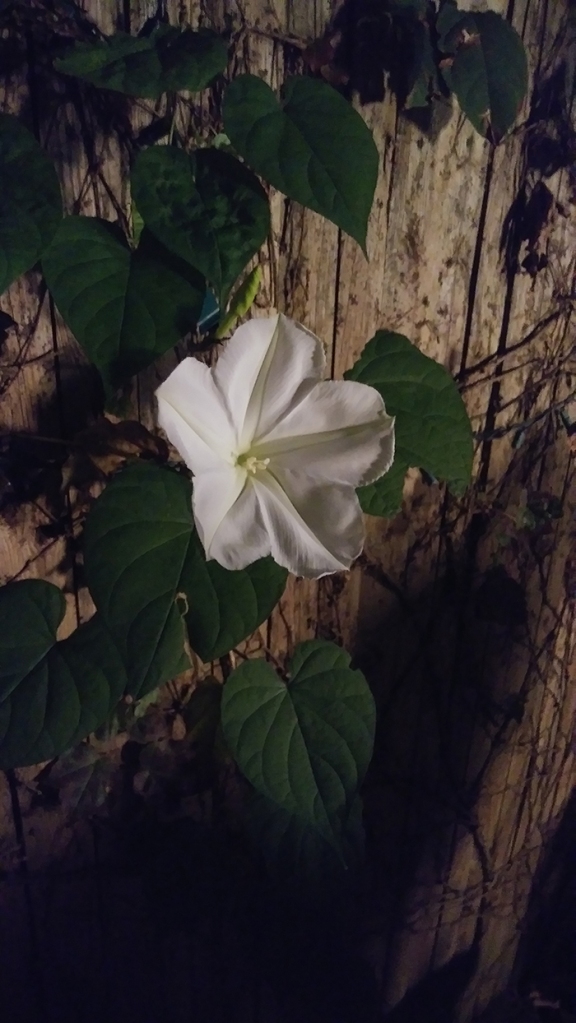
True to its name the moonflower blooms at night (a real plus for Ferrebeekeeper, since I tend to be a night bloomer as well). The gorgeous blossoms form big white perfect circles, like the moon. They wilt away at dawn. Alas, in Puerto Rico or Colombia, the moonflower may be a perennial, but here in Brooklyn, it is definitely an annual. I may only get a handful of flowers, but it was definitely worth the wait! Happy belated Mid-Autumn moon festival! However, this year we get two full moons in October so prepare for further moon-themed posts for the Halloween blue moon!
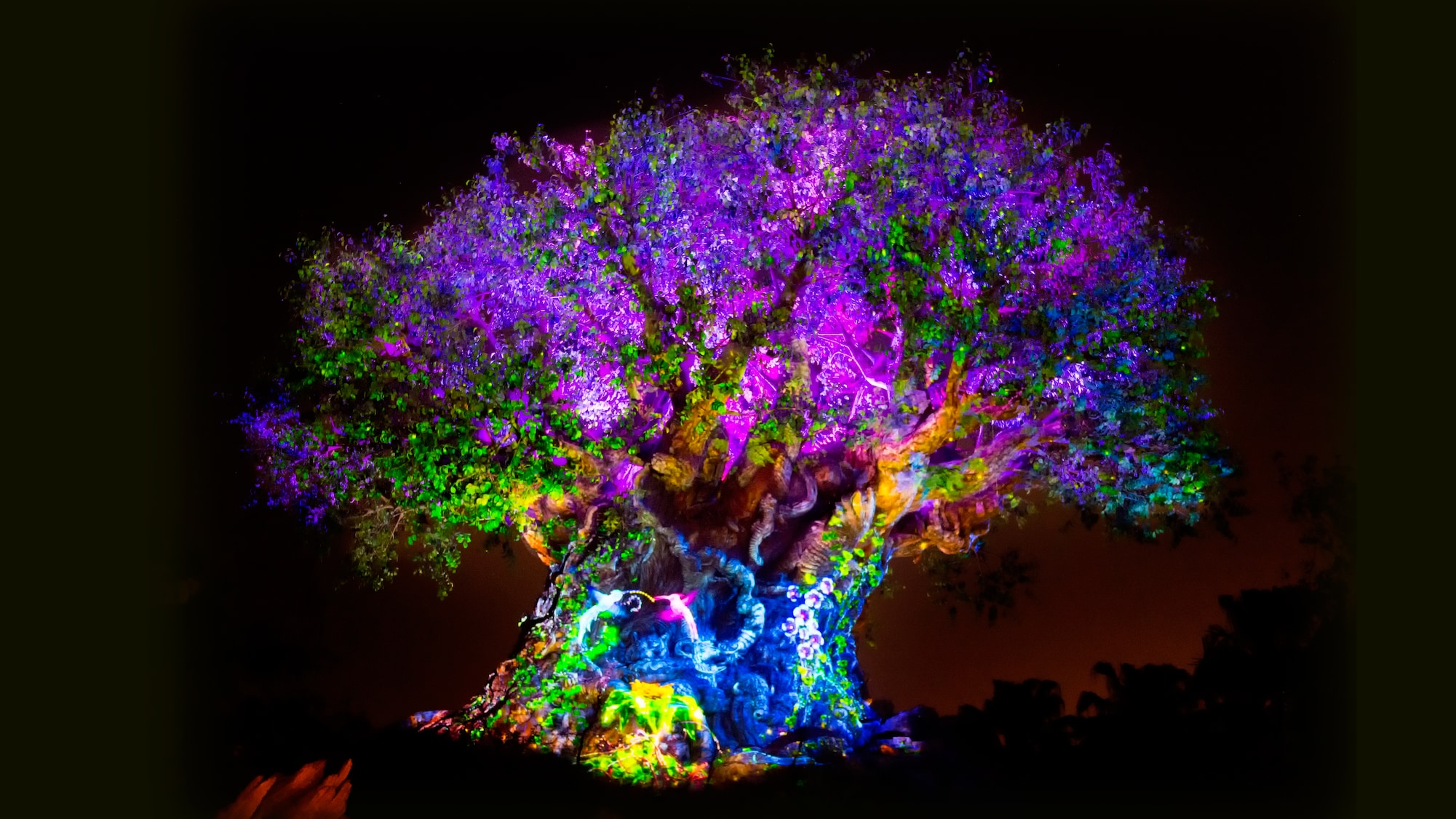
Today, when I was looking at the comments, I noticed that a perspicacious reader asked the question which is most important to me! Wow, I guess I had better answer that, but it is going to take more than a few sentences, so I might as well make it into a whole blog post.
Before we get to this question and answer, let’s provide a brief high-level overview of Ferrebeekeeper’s weltanschauung.
My philosophy of life is premised on a single transcendent belief. Earth life must evolve and move into the cosmos like the hundreds of millions of fertilized eggs of a great sunfish disseminating through an ocean of stars.

Humankind needs to put aside tinpot dictators, idiotic religious wars, disposable plastic consumer goods, luxury vehicles, and all of our other (horrible) favorite things and dedicate ourselves wholeheartedly to this task or else, before you know it, everything is going to look like the opening scene of “Wall-E” and our chance will be gone. In fact the opportunity is passing us by right now as you read this and everybody talks about 5G phones, Nipsey Hussle, and Jared Kushner.
Yet one of my stubborn readers looked at this premise and asked “why?”. To be exact they said “Can you explain your viewpoint that humans must become space travelers for redemption? To me, it seems that would be a kind of interplanetary metastasis…”

If you had an adult bull elephant stuffed in your Manhattan studio apartment it would seem like a nightmarish monster, but out on the veld, the elephant’s habits would make sense, and its beauty, strength, and noble nature would become apparent. Humankind has become like the elephant in that scenario (I really think we are more like 7.5 billion giant smart termites, but bear with me). We are meant to explore and build at a stupendous scale, but we can’t because we have used all available resources to the point that we are unmaking the complicated webs of life which all eukaryotic Earth life relies on (and maybe because we are hijacked by our own primate nature, too). We can’t keep doing what we are doing. We will destroy ourselves and countless other living things. Our hideous fall might even reset life back to a point from which it could never properly attain its complexity and beauty (I am speaking of all known Earth life here–for I think it is all one thing).
We can’t let go and turn back either. The ultra-competitive world we have made does not work that way. Even if America collectively says, “we chose to not compete, we will close our borders, dream of past greatness, and eat our young” China or India will come sprinting up with new dreams of global empire. Even if we all became organic free-range hunter-gatherers it wouldn’t work.
Yet the things we truly need in order to flourish–space, energy, and freedom from the dreadful hegemony of other people’s idiocy–are super abundant in the larger universe. Imagine a future where Earth is a protected park and we hover above it like dark angels carrying out crazy cosmic wars and far-flung projects and warped super experiments and doing whatever we want…with the stipulation that anyone or anything which threatens Earth is instantly subject to our collective wrath.

I am not sure any of this is possible. In fact it seems like getting back to the moon may be beyond us to say nothing of building flying cities in the atmosphere of Venus or torus colonies orbiting around Jupiter. Yet those things are at least theoretically in the realm of possibility. Traveling beyond the solar system may truly be impossible, even if we built worthy superhuman thinking machines as our offspring and successors (coincidentally I never promised the answer to this question would be easy or even sane).
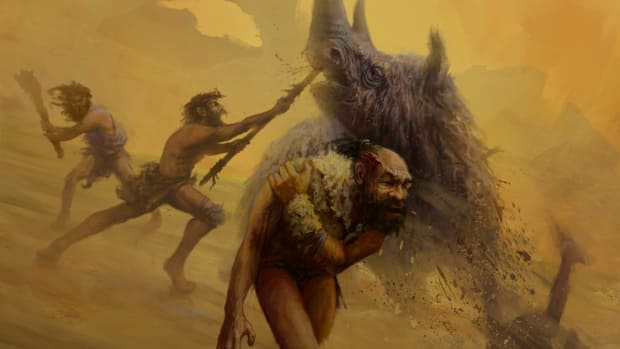
But I think the reader’s fundamental moral question remains unanswered. If humankind is so savage and dark, would we not bring our rapacity and carelessness with us no matter where we go? Inventing tools and language never made us better. Sailing across the great oceans never taught us compassion. We are the same tragic fire-wielding apes as always. It takes real imagination to conceive of a human starship decelerating into Fomalhaut or orbiting Wolf 1061C, yet it takes no imagination whatsoever to imagine the political appointee in charge of such a craft looking at his “S.M.A.R.T.” terraforming spreadsheet, shrugging, and pushing a button to wipe out the cowering Fomalhautians or the little adorable Wolflings. “Specific, Measurable, Attainable, Relevant and Timely”...that Fomalhault branch of Goldman Sachs won’t build itself if we wait around to determine whether the natives are delicious or not! (let me know if I have captured your thinking, hooftales).
My initial answer was that it is necessary to move beyond Earth…because we are so violent and disorganized that we are dangerous to ourselves and others–a cancer, like hooftales said. But, although in moments of duress, I sometimes think of humans as baboons with motor cars, I don’t think of us a cancer. We are not outside of the web of nature: we are part of it. An elephant in a tiny coop would be a travesty, but elephants are magnificent and sympathetic. Humankind is having an awkward adolescence to be sure, but I don’t think we have fully manifested as ourselves yet.
Let me answer a different way. Bamboos form clonal colonies. These giant grasses are intrusive, fast-growing and aggressive plants. Sometimes a single bamboo will take over a whole region–almost the entire forest is one connected living thing. These bamboo can live for a long period–40 to 130 years–but when they flower, the whole clonal colony flowers. In some species, the whole species flowers…no matter where they are in the entire world. Then they produce seeds/fruit called bamboo rice.
And then they die.
Whole forests die in a short time, sometimes causing starvation and mayhem to other living things that rely on the bamboo. Sometimes a whole bamboo species will die off and all of its offspring are so different that they aren’t even the same thing. But then they grow anew–bigger and better and more competitive and they create whole new forests.
![bamboo-flowering-rats[6]](https://ferrebeekeeper.files.wordpress.com/2019/04/bamboo-flowering-rats6.jpg)
A bamboo flower rat
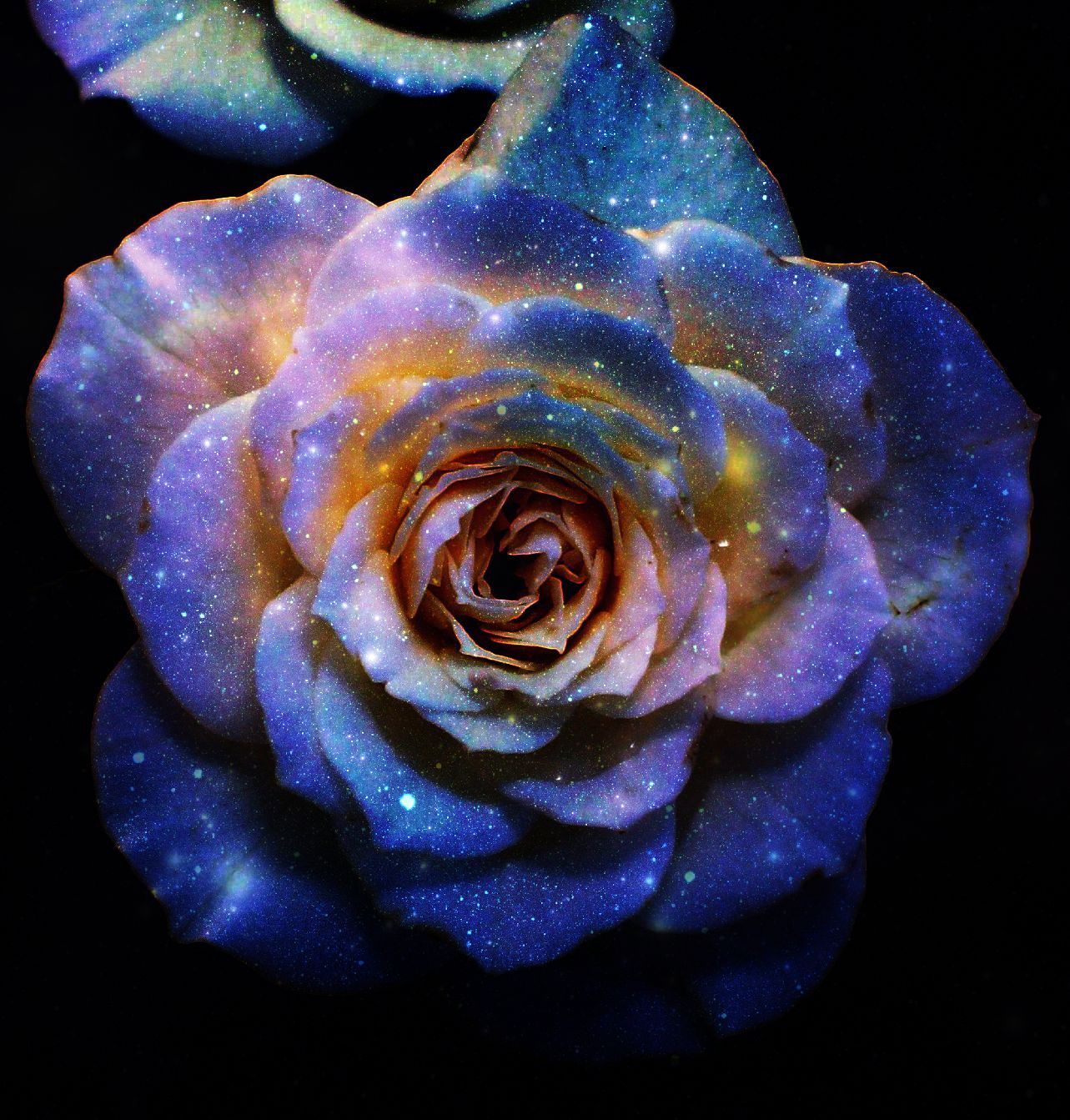
Not all flowers bloom (just ask the beheaded crocuses in my back yard) but we must try with all of our might to carry the precious seed of life into the heavens. If we can’t do that–if, perhaps, it can’t be done–at least our striving will not have been for nothing. And if we succeed…well… to live in the boundless abyss of emptiness all together in great fragile terrariums that could die if we get a wire crossed, we will have to truly change. I for one am heartily sick of what we have been doing lately and I relish the challenge. What about you? Do you want to go on a colossal multigenerational adventure to the stars themselves, or do you just want to sit here eating snack packs while we use up the planet?
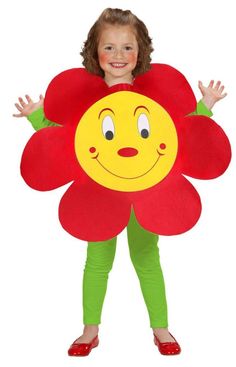
It is truly spring, and the flowers are bursting into bloom full-force everywhere here in Brooklyn! There is a lot to write about, but alas, my enjoyment of the flowers impinges my ability to talk about them. Therefore, as a stand-in for a meaningful post about aesthetics or botany, here is a gallery of crazy flower-mascot costumes.

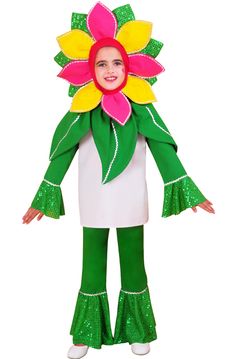



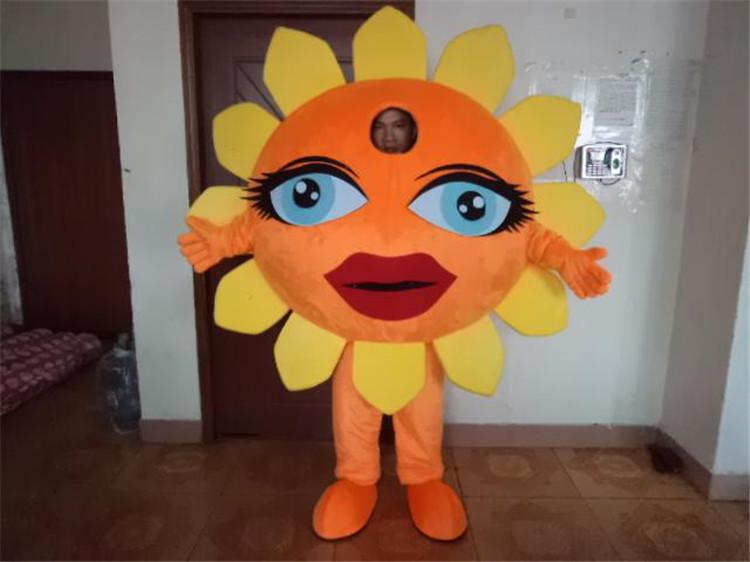

They are hilarious and colorful and they speak to the universal love we all share for flowers (and people in silly costumes). Which one would you choose for yourself? I would want to be the sunflower maybe…or the flower turnip? There are a lot of good choices here, frankly. Get ready for some more flower posts soon and get outside and enjoy spring (or uh, autumn in the southern hemisphere…or eternal paradisiacal beauty in the tropics)!

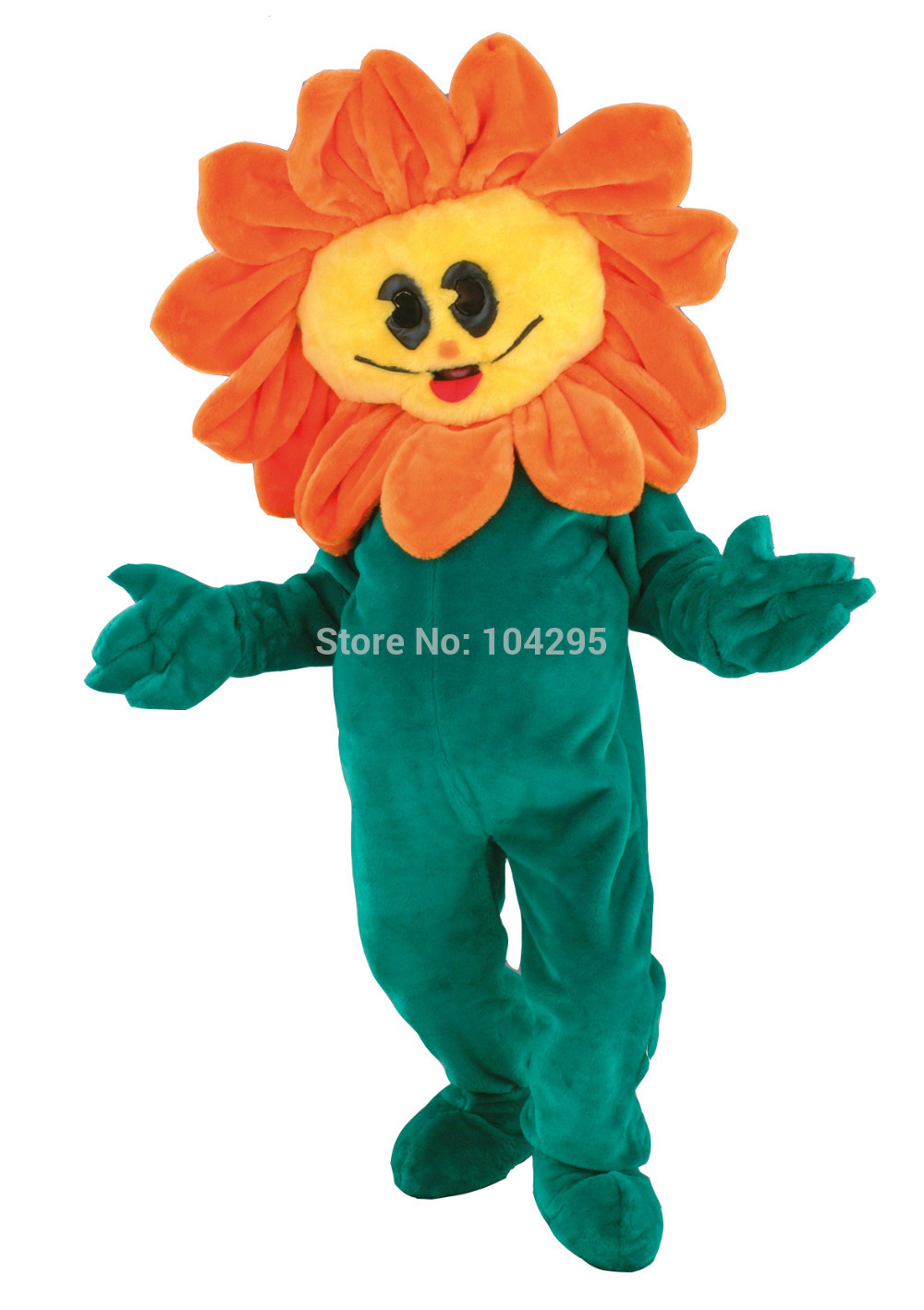
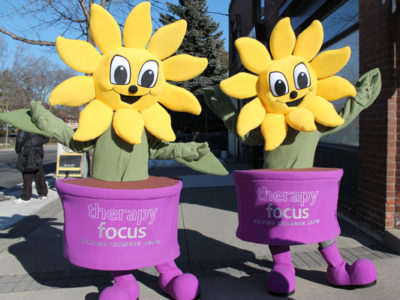

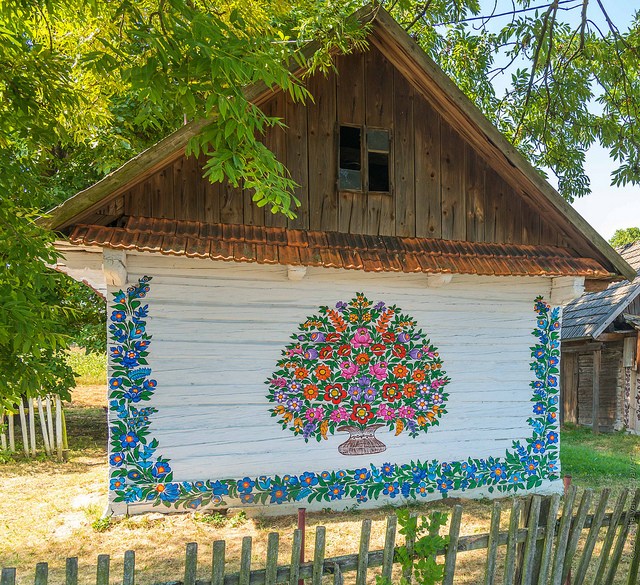
Let’s celebrate spring by taking an internet trip to…south Poland? Zalipie is an ancient village in the province of Lesser Poland Voivodeship (which has been a center of Polish culture since the early middle ages). The village is a famous tourist attraction for an amazing reason. People in Zalipie paint exquisite colorful flowers on everything!
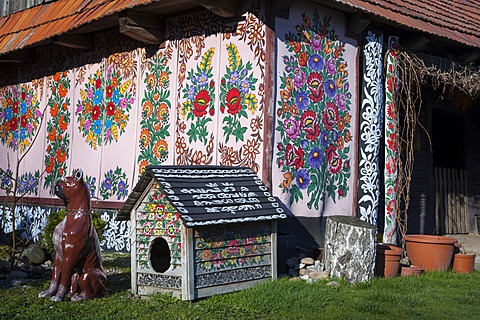
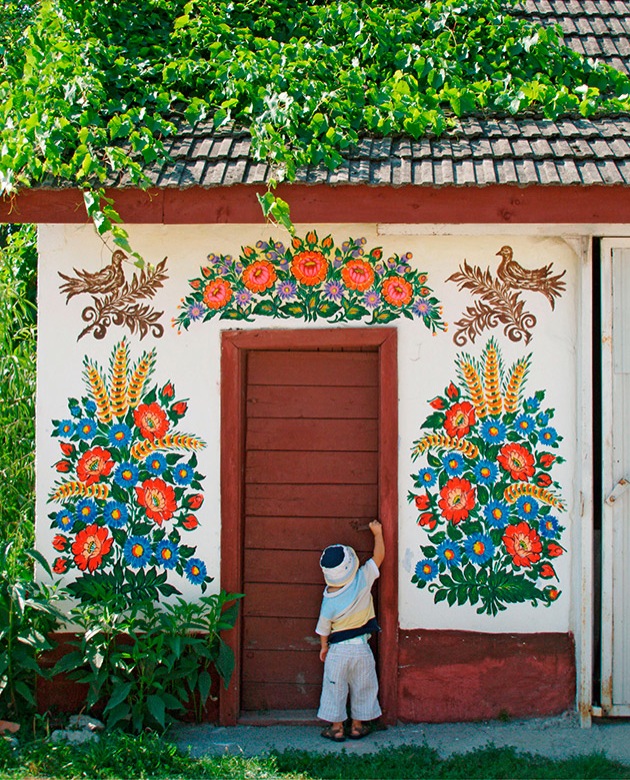
The tradition started more than a century ago, when women started painting bouquets to beautify their homes (or to distract attention from problem areas). The original artists used handmade bristle brushes, easily obtained pigments, and fat from dumpling drippings as their medium, however as the years passed and the tradition was passed down over generations the paintings have become larger, finer, and more colorful.
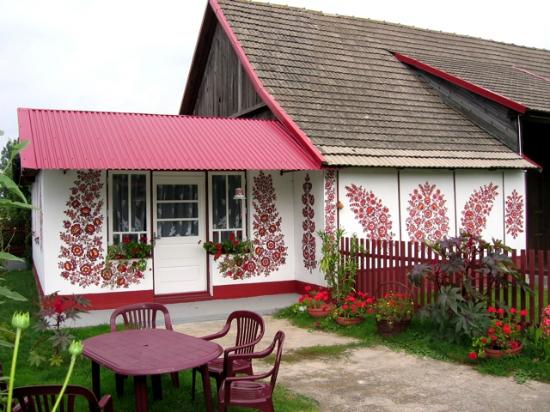
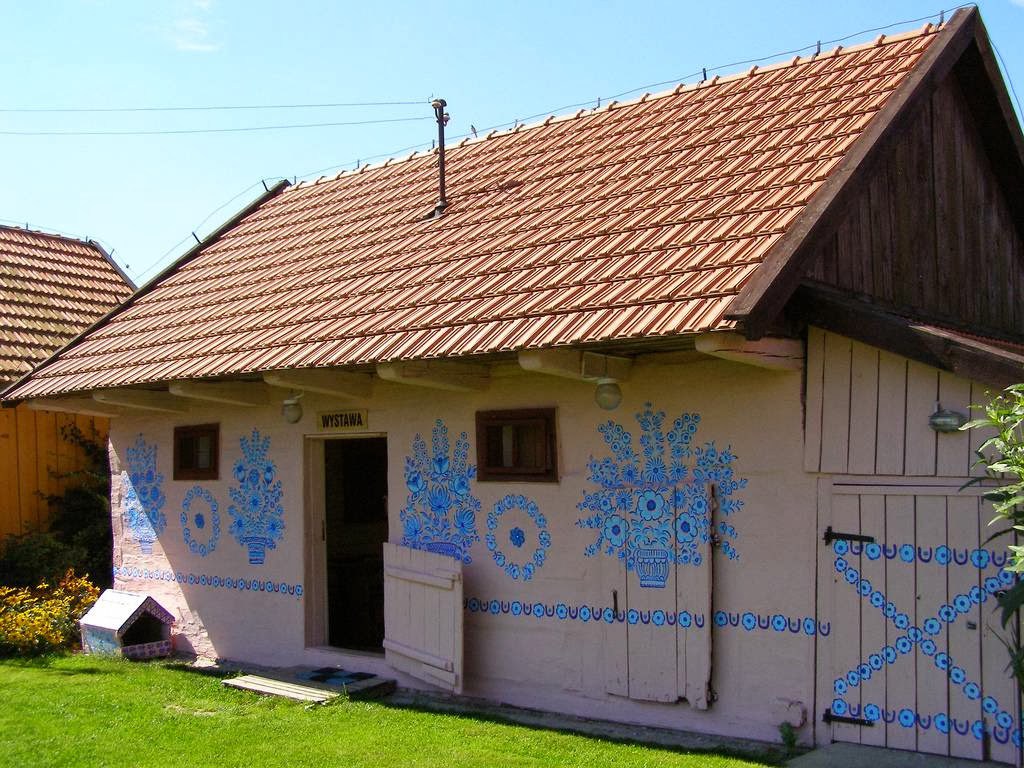
The village has earned the epithet “the most beautiful village in Poland,” and judging by these pictures which I have purloined from around the internet that description is apt. The omnipresent flower paintings in all different styles and colors shows that the artists of Zalipie are as innovative and inspired as they are tireless. Yet the photographs also indicate that the omnipresent floral folkart is not the only charm the village offers. It looks like it would be a pastoral paradise even without the exquisite flower art.

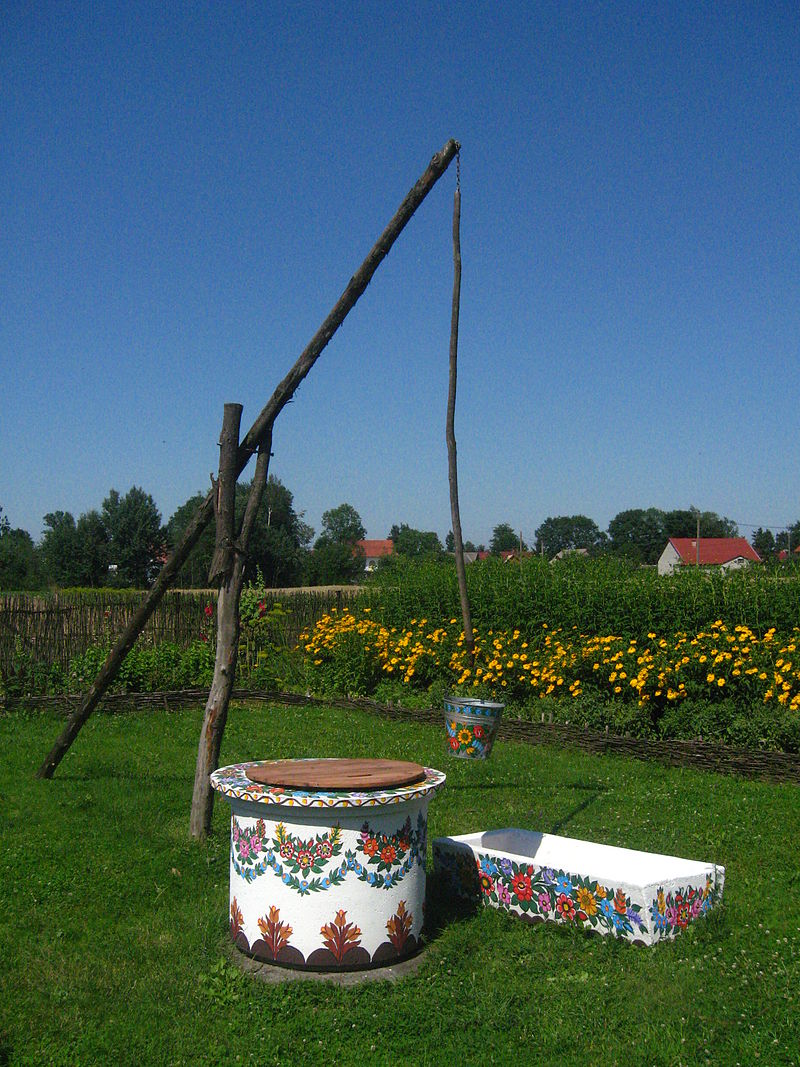

I can’t wait for spring to make Brooklyn into a natural gallery of flowers, but until then, I am glad I can go on the internet and check out the never-fading flower garden which the residents of Zalipie have made for themselves and the world.
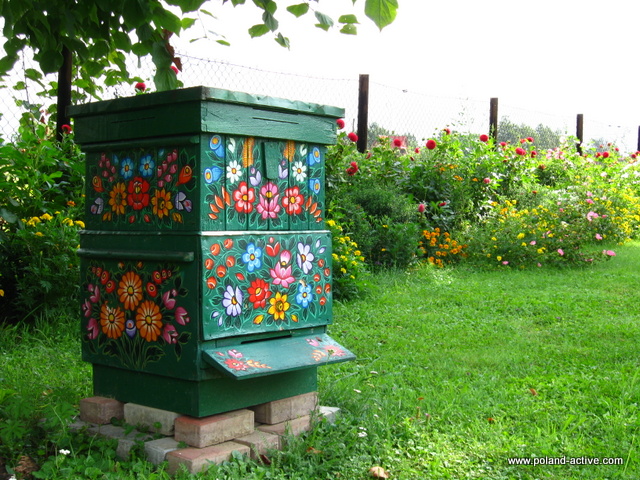
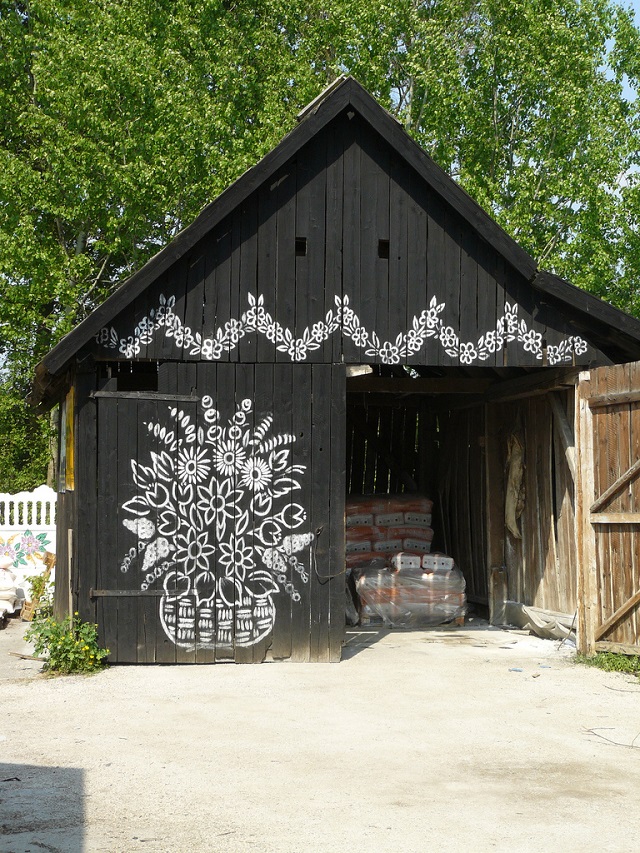
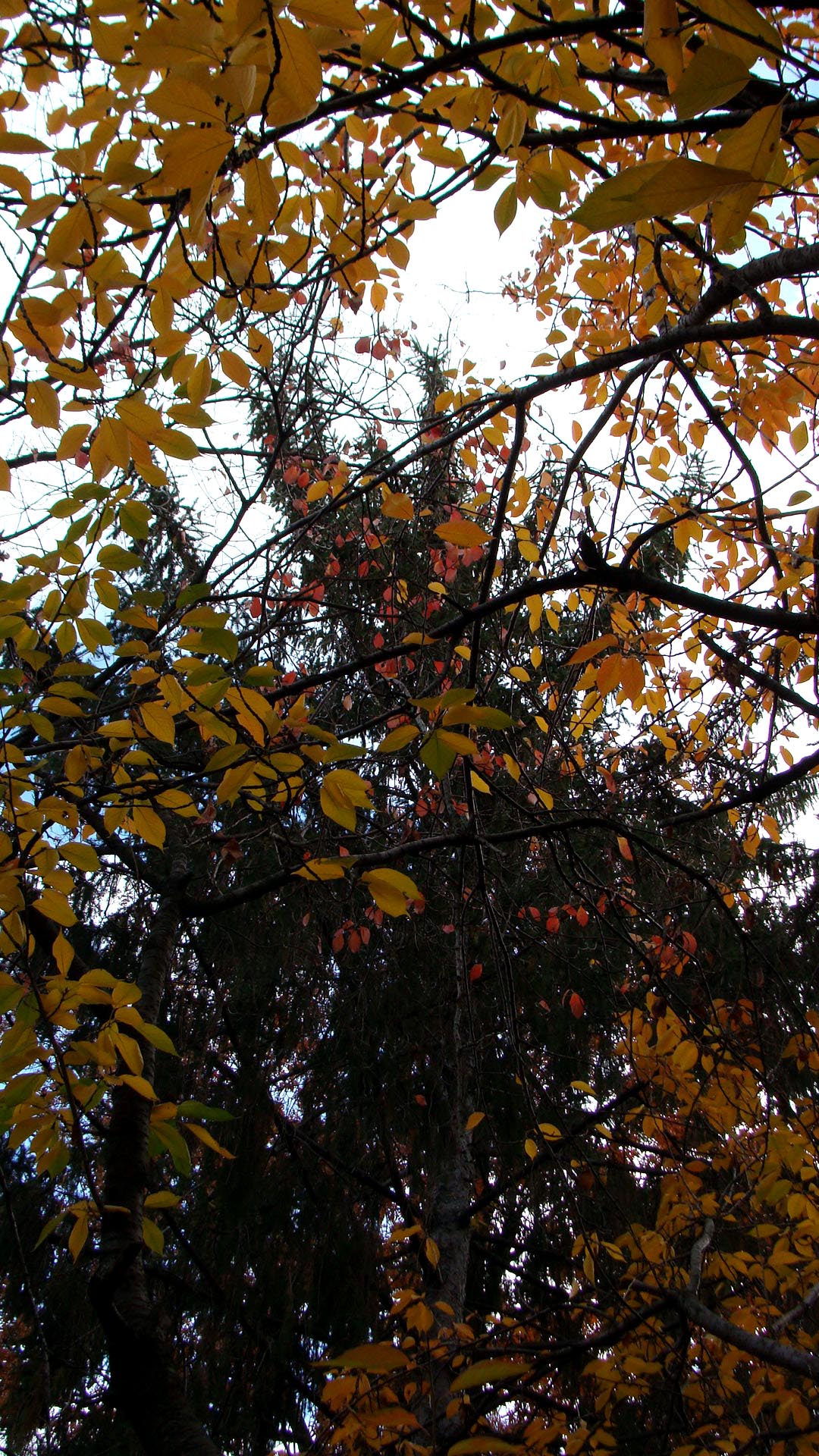 I’m sorry. November is flying by on russet wings and still I have posted no photos of autumn color! i meant to write about beautiful autumn foliage, but, with one thing or another, I never managed to get out of New York. So…the only thing to do was to head out to my garden in Brooklyn and take some leaf pictures at home.
I’m sorry. November is flying by on russet wings and still I have posted no photos of autumn color! i meant to write about beautiful autumn foliage, but, with one thing or another, I never managed to get out of New York. So…the only thing to do was to head out to my garden in Brooklyn and take some leaf pictures at home.
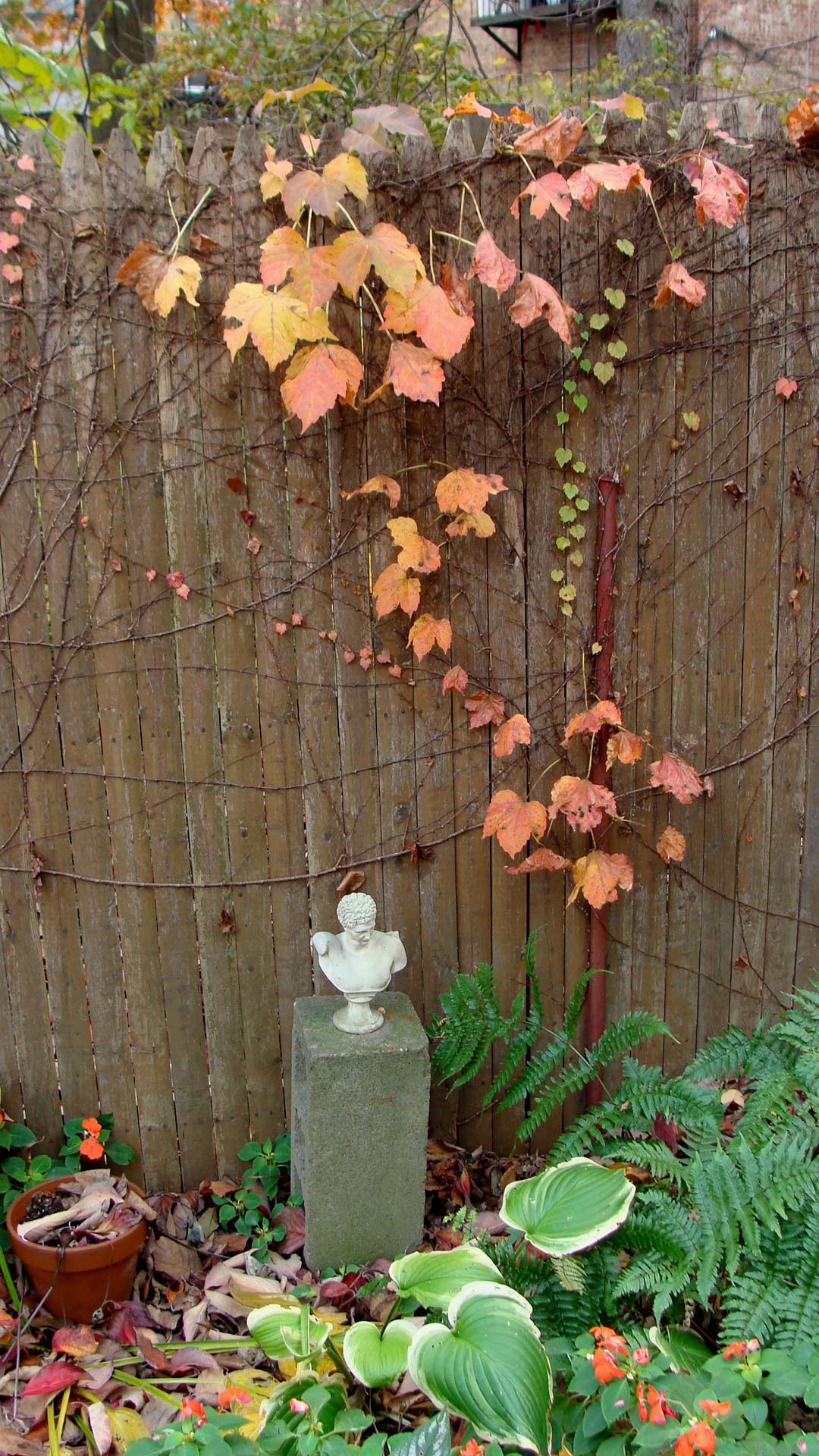
Autumn gardens have their own chaotic beauty of fallen leaves, brown spots, and jagged red vines. Plus it has been warm this year so there are still plenty of flowers.

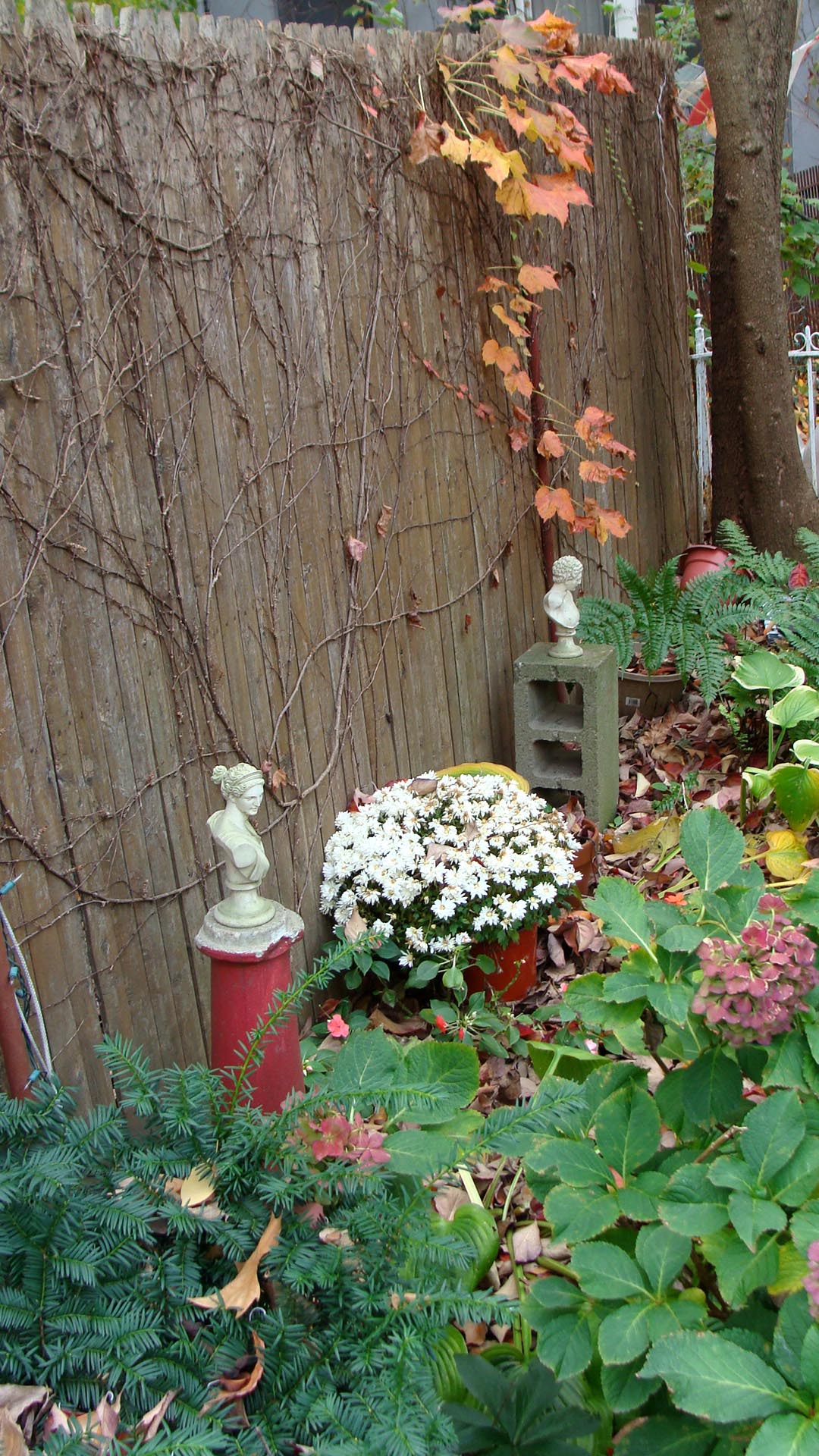
However the queen of the garden, as always, is the ornamental Kwanzan cherry tree, which is nearly as beautiful covered in glowing yellow leaves as it is in summer wearing bright grass green…or even in spring when it is a lambent pink cloud. I love that tree!

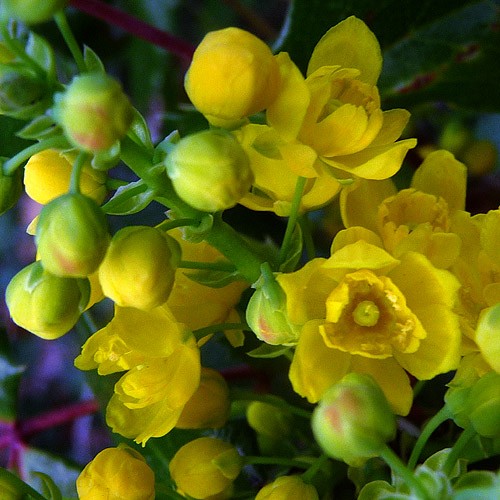
Oregon-grape (Mahonia aquifolium) by Healthy Home Gardening
Boy, I am ready for spring…but it hasn’t quite sprung yet here in Brooklyn. So far the only things blooming here are hellebores, snowdrops, and… the Oregon-grape? This sounds like some improbable status-item fruit from Whole Foods, but it is actually not a grape at all, instead it Mahonia aquifolium a member of the barberry family. The plant takes the form of a shrub or tiny tree 1–2 m (3 feet –6 feet) tall which is covered in holly-like evergreen leaves. The plant is indigenous to the Pacific coast of North America where it can be found from southern Alaska to Northern California. It is exceedingly hardy and is one of the first plants to bloom in spring when it is covered with lovely little yellow flowers which look like ranunculuses (for good reason, since barberry plants are close relative of the buttercups and ranunculuses).
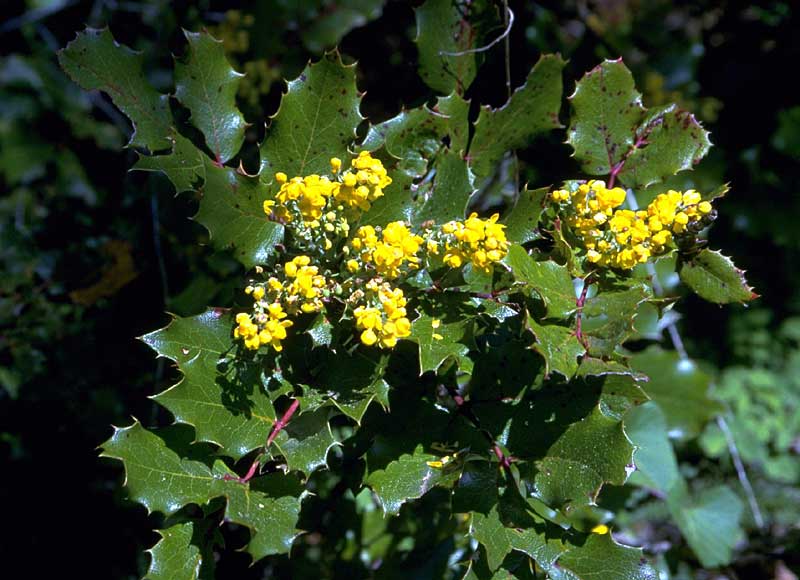
The yellow flowers swiftly turn into little purple black fruits with a glaucous blush. These berries were a big part of the diet of Native Americans from the Pacific Northwest (although I am a bit surprised it is not poisonous like most of the buttercups). I guess I’ll keep my eyes open for these around the neighborhood (they have been widely planted as ornamentals), but I have more hope for seeing crocuses…if any survive the squirrels. Be of good cheer! Spring is coming!
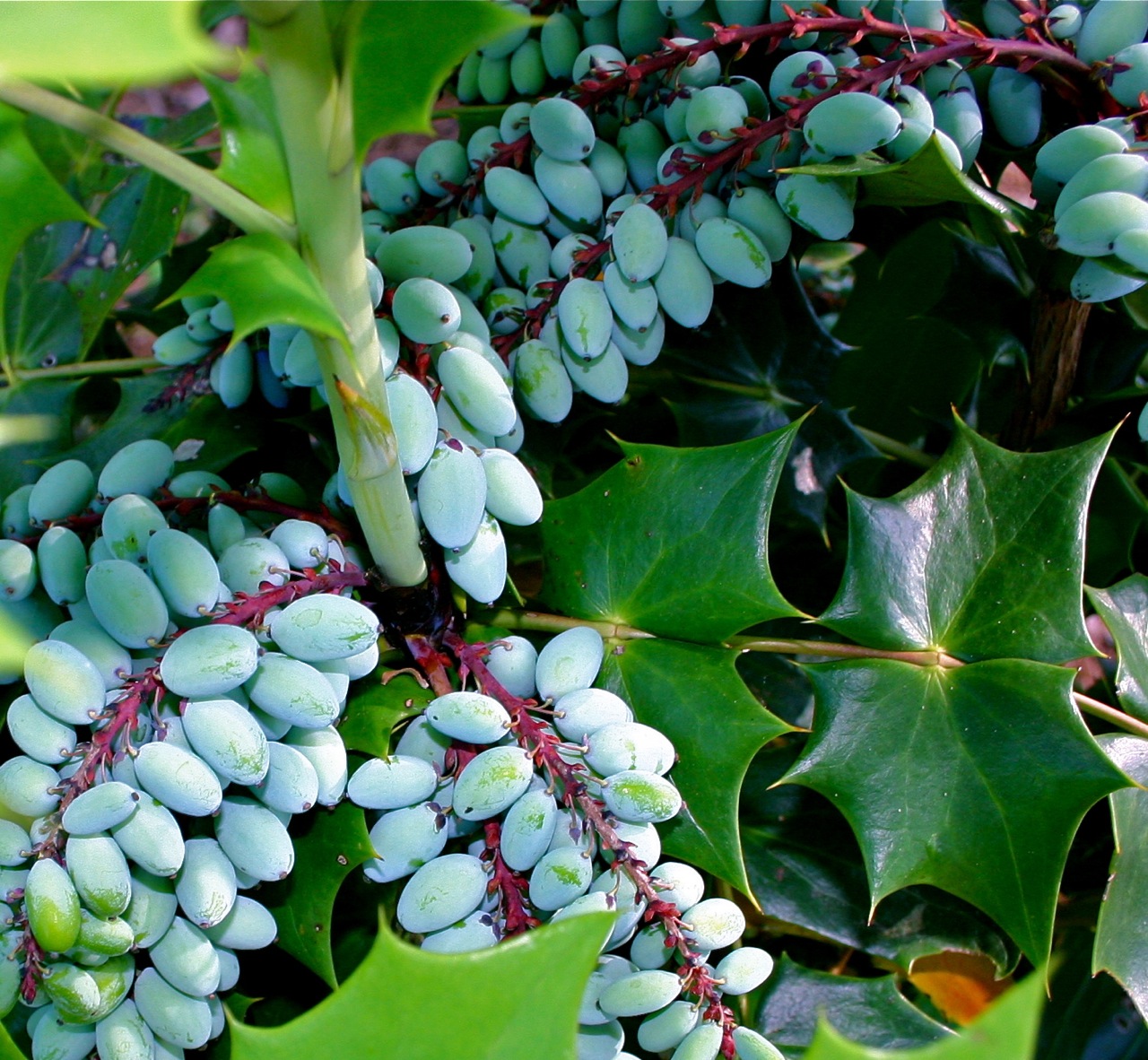
The fruit of the Oregon-grape
Here is a simple but extremely lovely small still life painting by Hendrick Andriessen, a Flemish Baroque painter who specialized in “vanitas” paintings. The entire composition is designed to remind the viewer how transient human life is. The fragile pipe stems are easily broken (and tobacco’s pleasure is brief and tainted). Each lovely cut flower withers away, The quivering flame is blown out…and nothing represents the dreadful onrushing nature of death like a human skull. At the apex of the composition is a fragile bubble ready to burst.
As summer ends, this composition seems fitting in many ways (for example it was my birthday this past weekend). Additionally, the bubble has symbolic significance in other realms than art. We all knew the China bubble had to pop…..
This little flower is Vinca minor, the lesser periwinkle. It is native to Central Europe spreading down through Southern Europe into Asia Minor (although at this point it has naturalized throughout the temperate world as an invasive garden plant). In the United States they are sometimes confusingly (mis)called “myrtle”.

A magnificent carpet of lesser periwinkles (Vinca minor) near Vienna in Austria (photo: landschaftsfotos.at)
Lesser periwinkles are subshrubs (which would have made for a good insult in grade school). They grow only to 40 centimeters (16 inches) high and do not climb—though they spread rapidly into large clonal colonies. Periwinkles are members of the hardy Aster family (the plant family not the snooty otter-killing magnates from New York). With vigorous evergreen leaves and shapely five-petaled flowers, the plants can be used as perennial ground cover for flower gardens.
The best and most famous feature of lesser periwinkles is the distinctive blue-purple color. In English the flower and its color have become synonymous—the latter surpassing the former in popular recognition! Periwinkle is a very lovely and soothing color which seems purple in some light and blue in others. It makes an ideal color for walls and home furnishings as well as garments.

